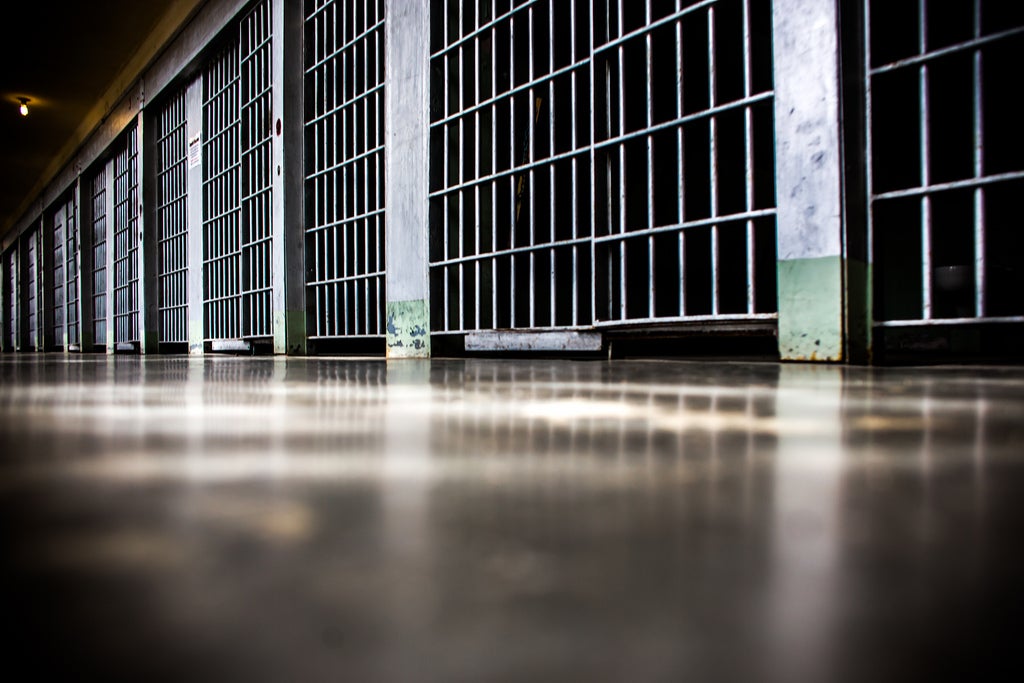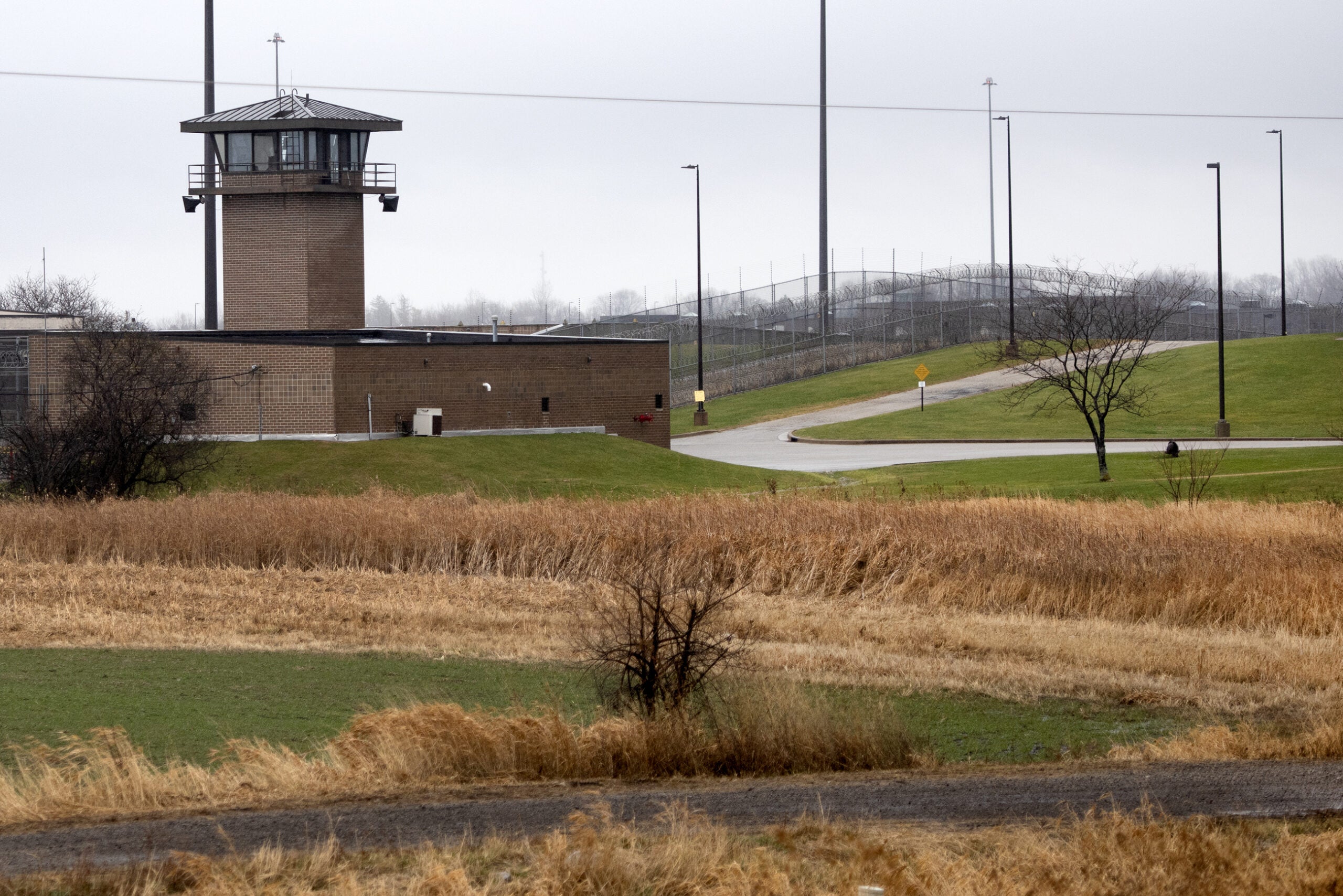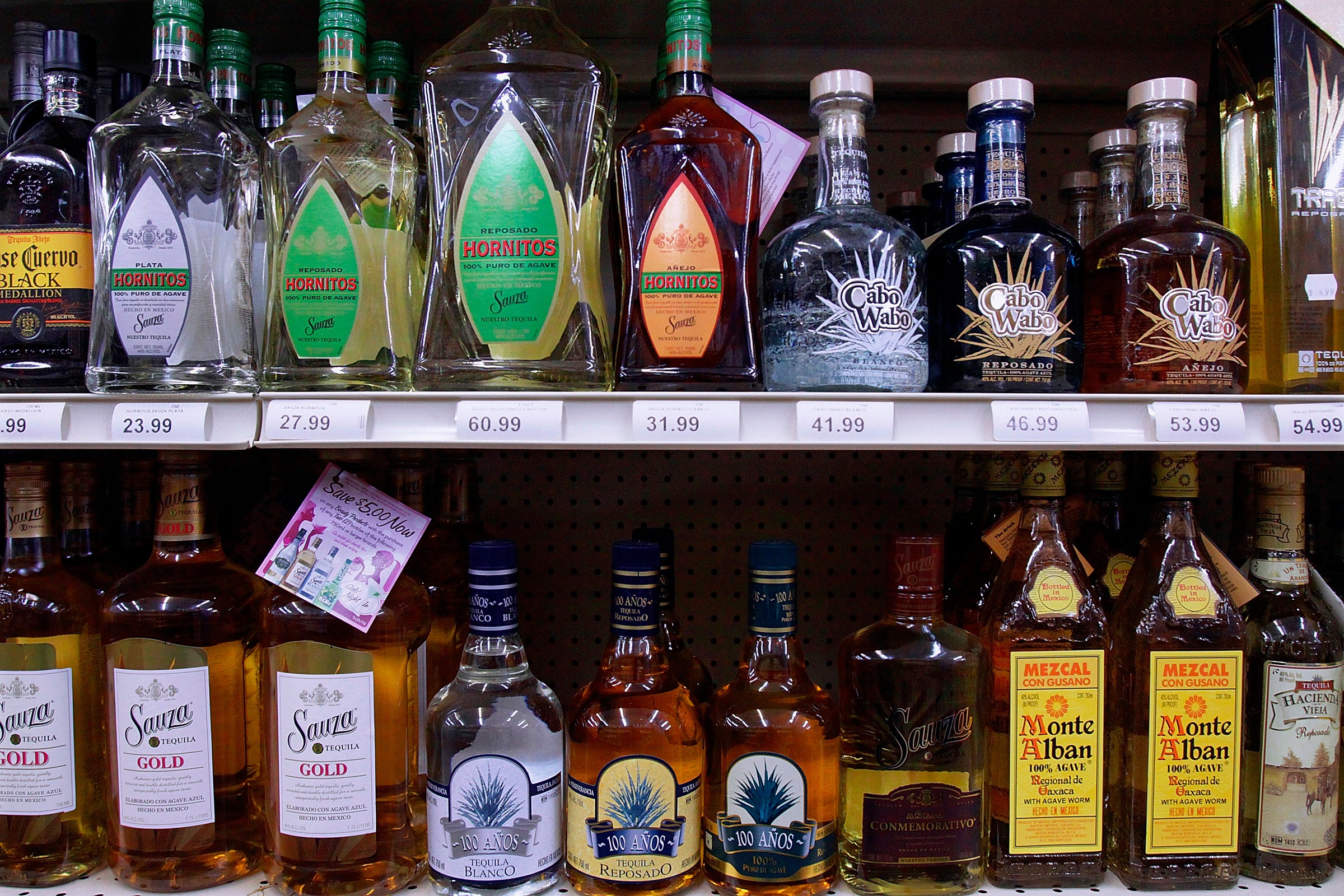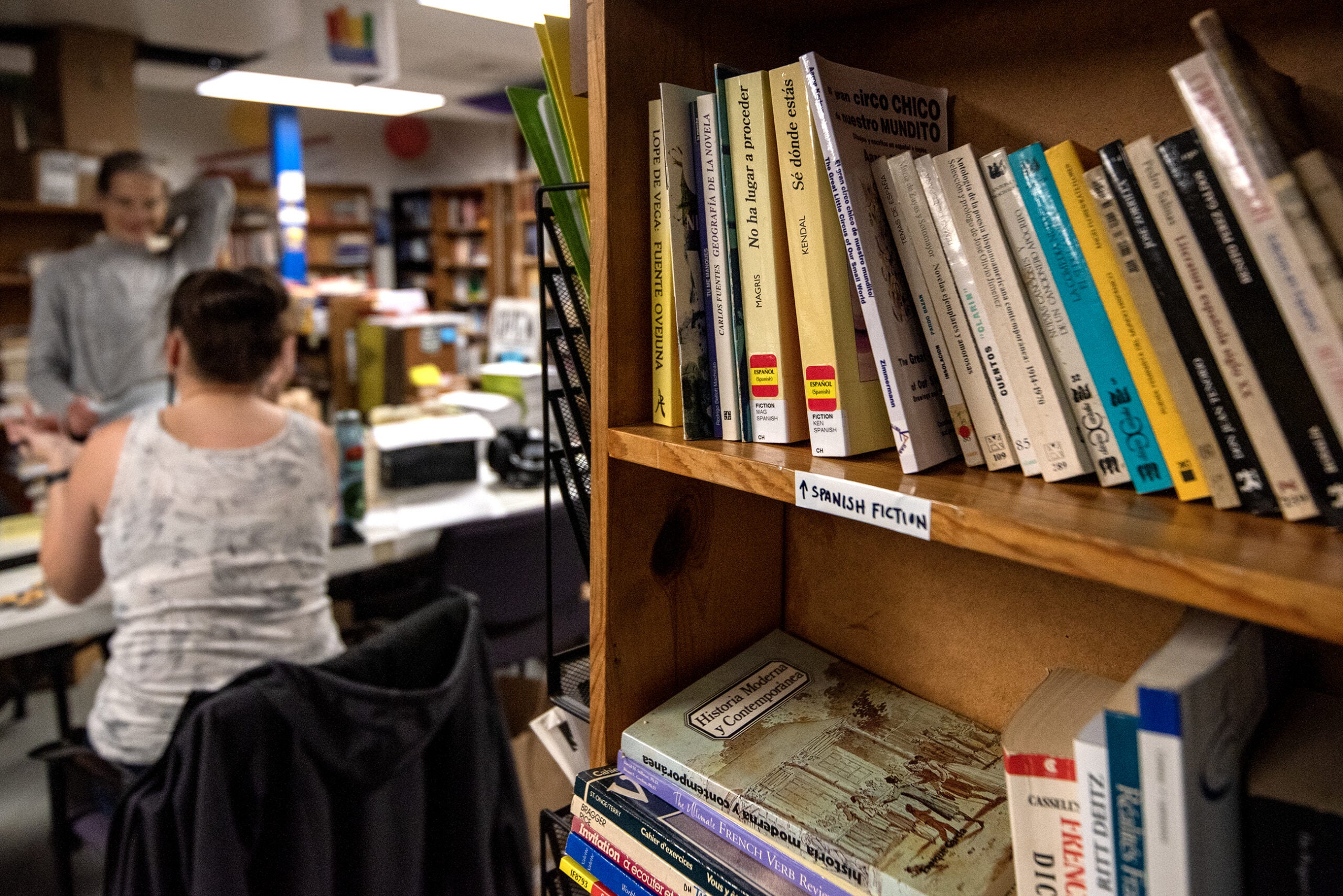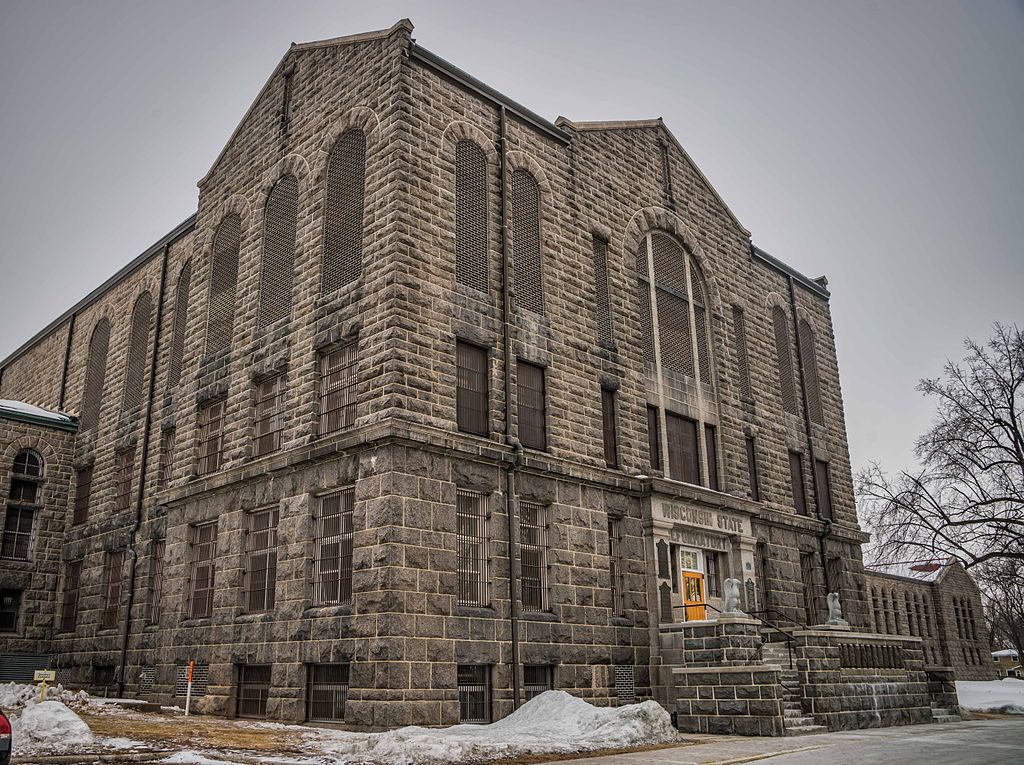Wisconsin’s incarceration rates are higher than the national average, especially for Black residents, and the state has one of the largest corrections budgets in the nation, according to a new report from the Wisconsin Policy Forum.
The report comes at a time of increased scrutiny of the prison system due to extended lockdowns that have included prisoner deaths and ongoing worker shortages.
The forum found 344 of every 100,000 Wisconsinites were in prison in 2021, compared to a national average of 316.
News with a little more humanity
WPR’s “Wisconsin Today” newsletter keeps you connected to the state you love without feeling overwhelmed. No paywall. No agenda. No corporate filter.
In 2019, before the COVID-19 pandemic reduced the number prisoners in Wisconsin, the state’s incarceration rate was even higher, at 411 per 100,000.
The state spent $220 per resident on corrections in 2020, compared to the U.S. average of $182. Wisconsin spends more on corrections than any of its neighbors. Michigan is closest at $204 per resident, while Minnesota spends $111 per resident.
In 2017, the most recent year for which full U.S. Census data are available for all local governments, Wisconsin ranked 13th among states in per capita combined state and local corrections spending, according to the report.
The 2023-25 state budget dedicates $2.76 billion dollars in general purpose revenue to the Department of Corrections, making it the third-biggest recipient of those funds among all state agencies.
Jason Stein is the research director of the Wisconsin Policy Forum. He says that while his organization does not advocate a specific solution, the state has money to tackle challenges.
“The state has a surplus, it has an ability to work on problems, and corrections issues are certainly one of them,” he said.
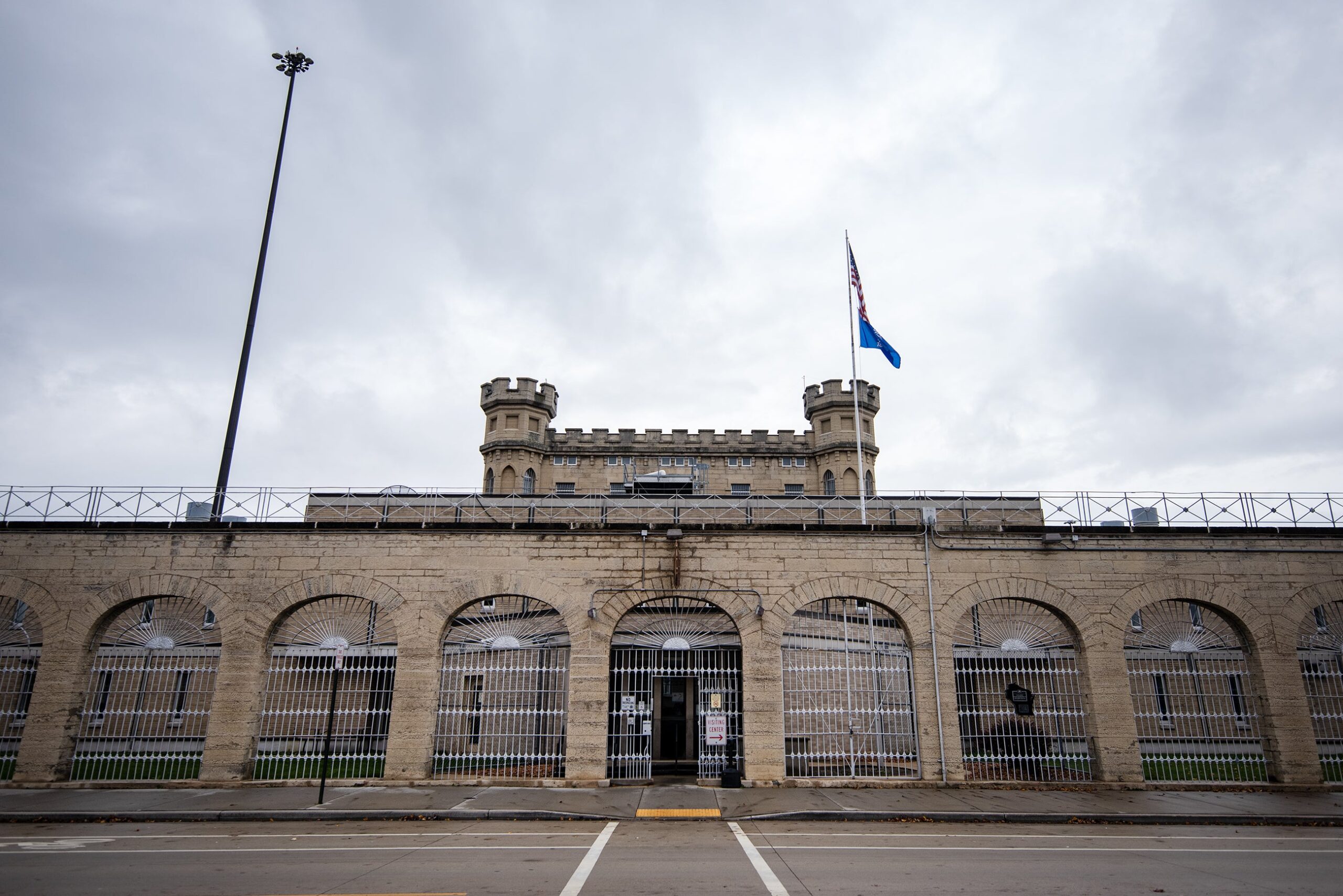
Rule violations for those on supervision drive incarceration rate
The top cause of incarceration in Wisconsin is not new crimes, according to the report. Instead, it’s people on probation who are sent to prison for violating rules.
Between the years 2000 and 2020, the policy forum found such revocations accounted for more than 30 percent of all new prison admissions each year.
Jon McCray Jones is a policy analyst for the ACLU of Wisconsin. He says the rule violations often are not public safety concerns.
“Rules such as borrowing money, missing a meeting with their officer, switching residency locations, switching jobs without approval,” he said, would not be considered crimes for most Wisconsinites.
“But when a formerly incarcerated person does it, they get sent to prison for it,” he said. “You’re ironically making the community worse off because they can’t get a job, they can’t get housing, they can’t get a credit card. So then what they do is they turn to crime.”
Substance abuse issues are a key driver behind these revocations, according to a 2019 study from the Badger Institute. Data from the Department of Corrections shows that 72 percent of people on supervision in Wisconsin needed substance abuse treatment in 2022.
Stein said the state has the programming and funding available to provide treatment for those suffering from mental health or substance abuse issues, both while they are incarcerated and post-release.
“And then I think the state could do more to track and document what approaches are working, because I think it’s a mistake to jump to conclusions about what works and what doesn’t,” he said.
Wisconsin had the third-highest Black-white imprisonment disparity in the country in 2021
The Wisconsin Policy Forum also found Black Wisconsinites are imprisoned at close to 12 times the rate of white Wisconsinites. Only New Jersey and California had larger gaps, at 12.8 and 15.6 times, respectively.
The number is calculated by dividing the Black imprisonment rate by the white imprisonment rate, and is based on data from the U.S. Bureau of Justice Statistics and the U.S. Census Bureau.
Wisconsin also had the highest Black imprisonment rate in the country in 2021, at 2,104 per 100,000 residents. Oklahoma, the next highest state, had a rate of 1,932 per 100,000.
“Historical developments, socioeconomic factors, and policy choices made over many decades have contributed to these incarceration rates and racial disparities in Wisconsin,” the report said.
Advocates say the report underscores longstanding challenges in Wisconsin
Adam Plotkin, a spokesperson for the State Public Defender’s office, said the policy forum research shows that without investing more in diversion, drug treatment and worker training programs, the state is harming public safety rather than protecting it.
“The fundamental issue is that the criminal justice system and prisons are the most expensive, least effective option,” Plotkin said.
But correctional institutions remain understaffed. New officer pay was bumped from $20 an hour to $33 in the most recent state budget in an effort to recruit and retain more officers.
“It’s no secret that staffing has been a challenge at our facilities statewide, but we’re hopeful that the new compensation plan and pay increases for security staff are going to put us on a better path,” Department of Corrections spokesperson Kevin Hoffman said in a statement to Wisconsin Public Radio.
“Our recruitment efforts are well underway, and we’re already seeing positive signs, including a spike in applications and larger class sizes in our pre-service academy,” Hoffman said.
Editor’s note: This story has been changed to reflect that the disparity between rates of imprisonment of Black and white people in New Jersey and California is 12.8 and 15.6 times, respectively.”
Wisconsin Public Radio, © Copyright 2026, Board of Regents of the University of Wisconsin System and Wisconsin Educational Communications Board.
